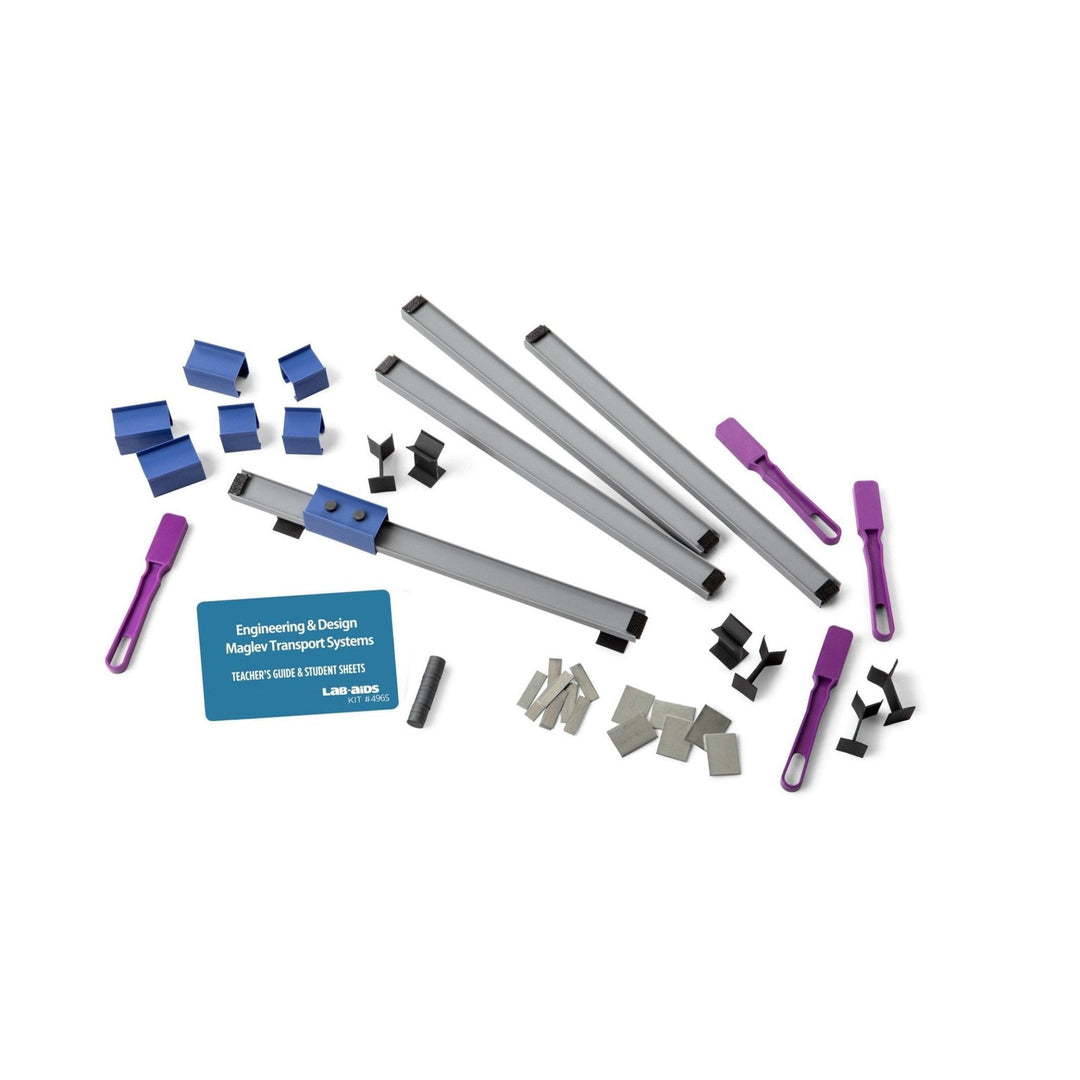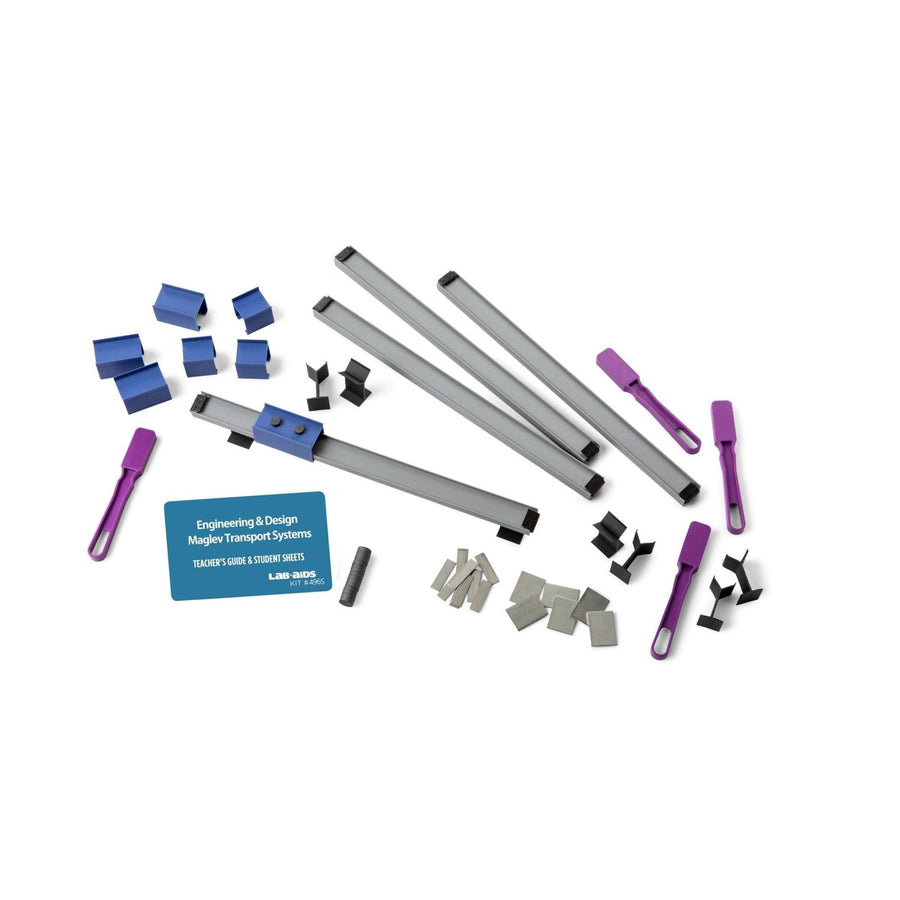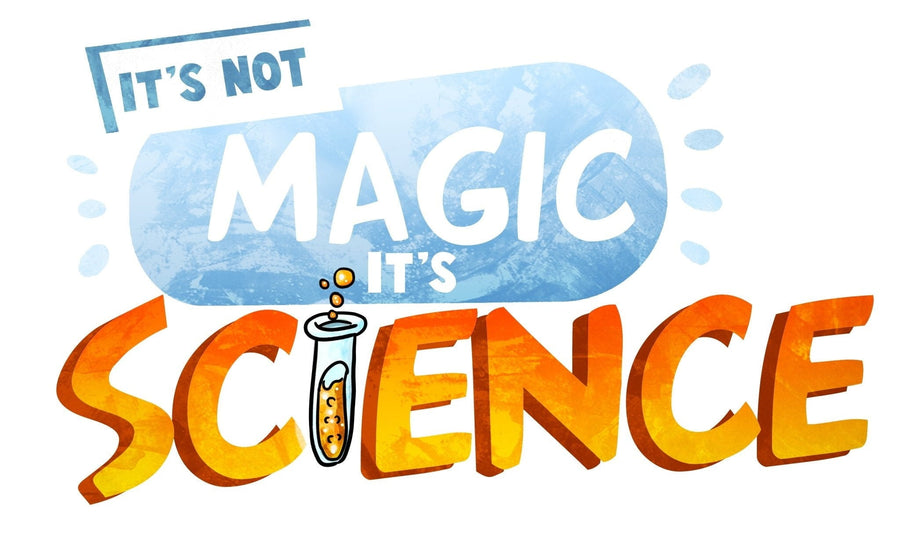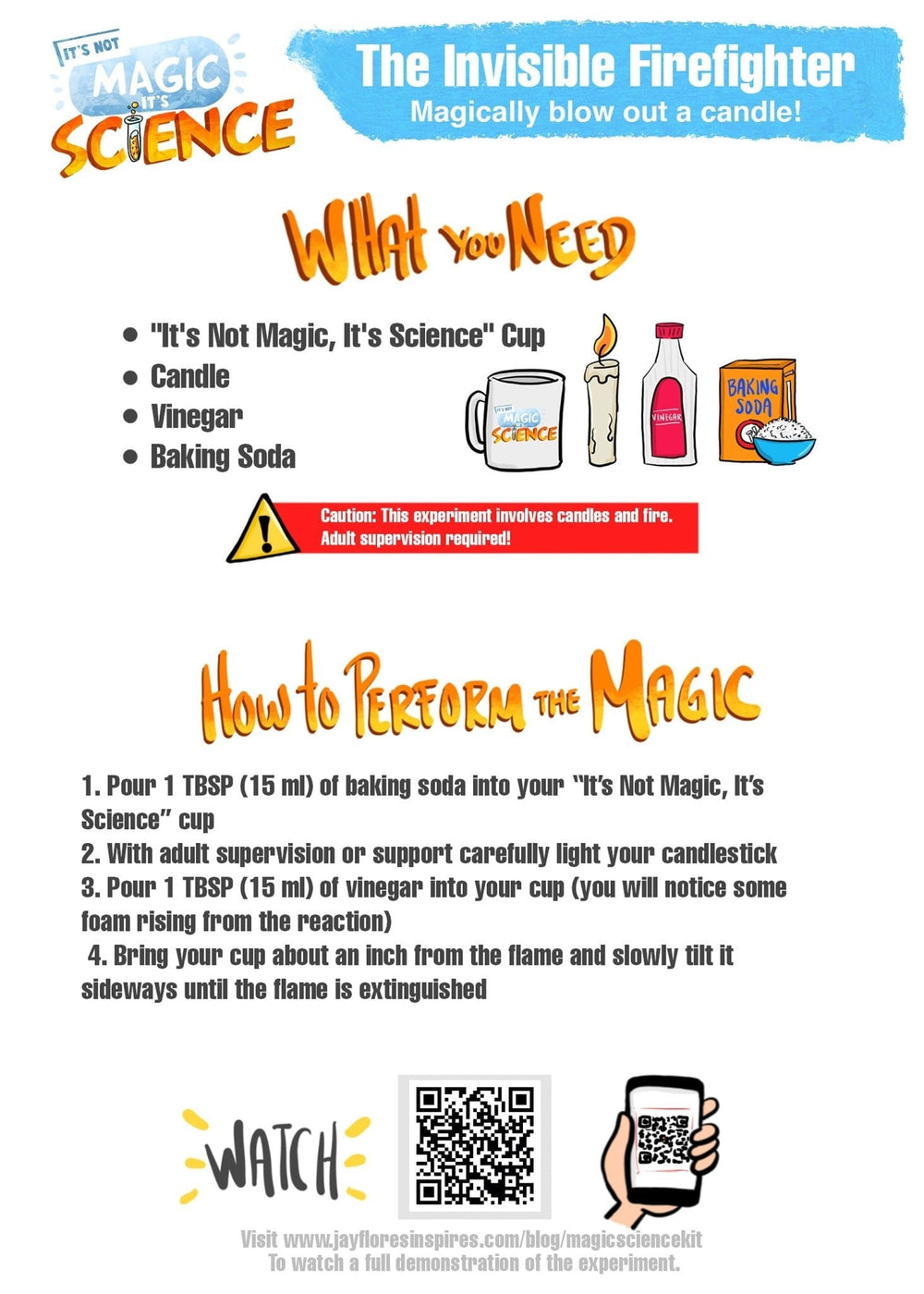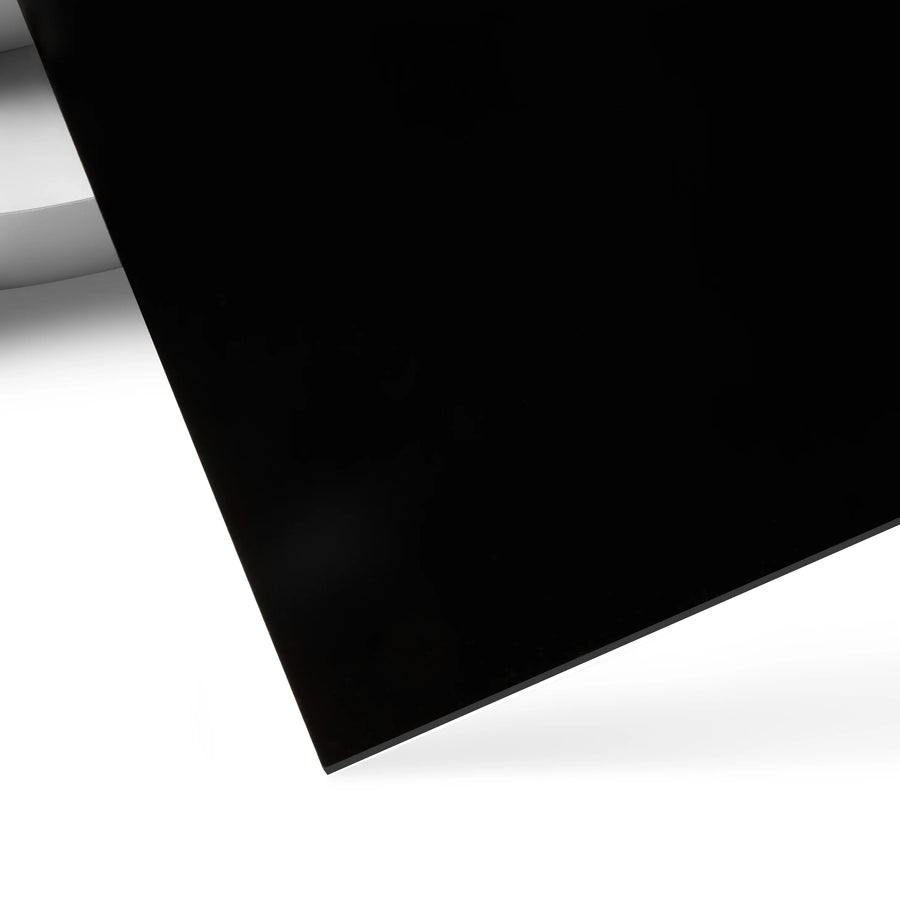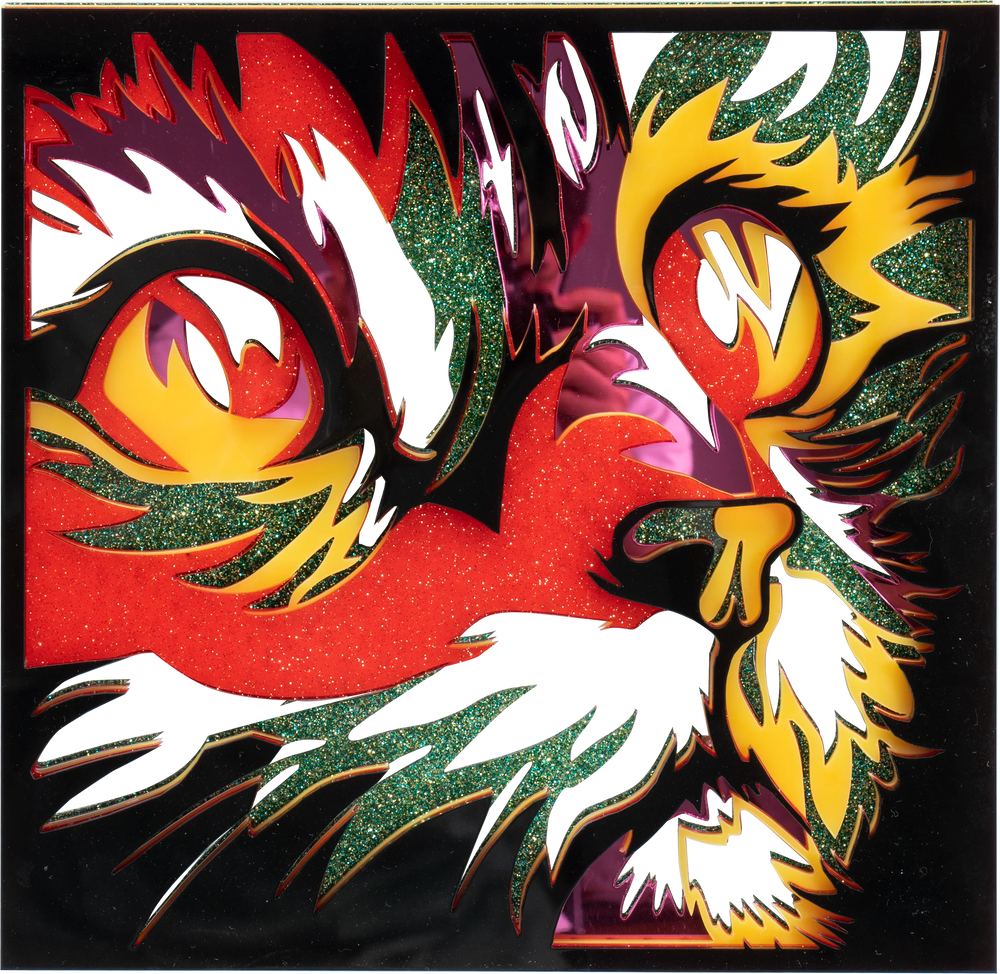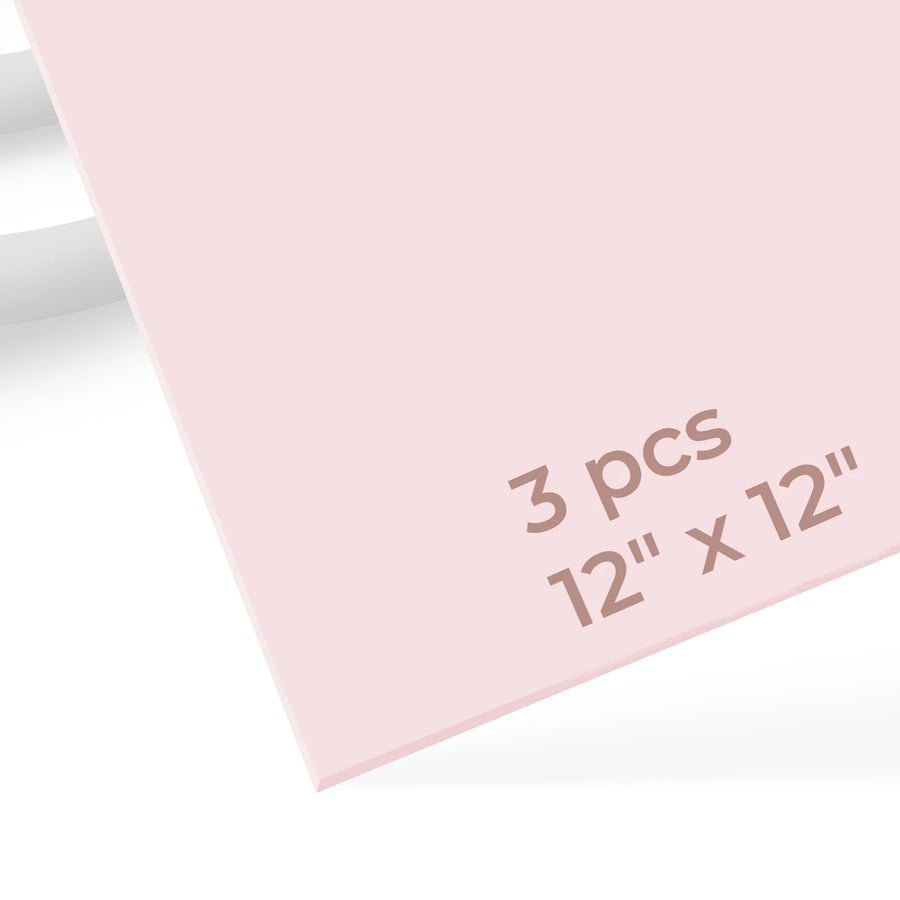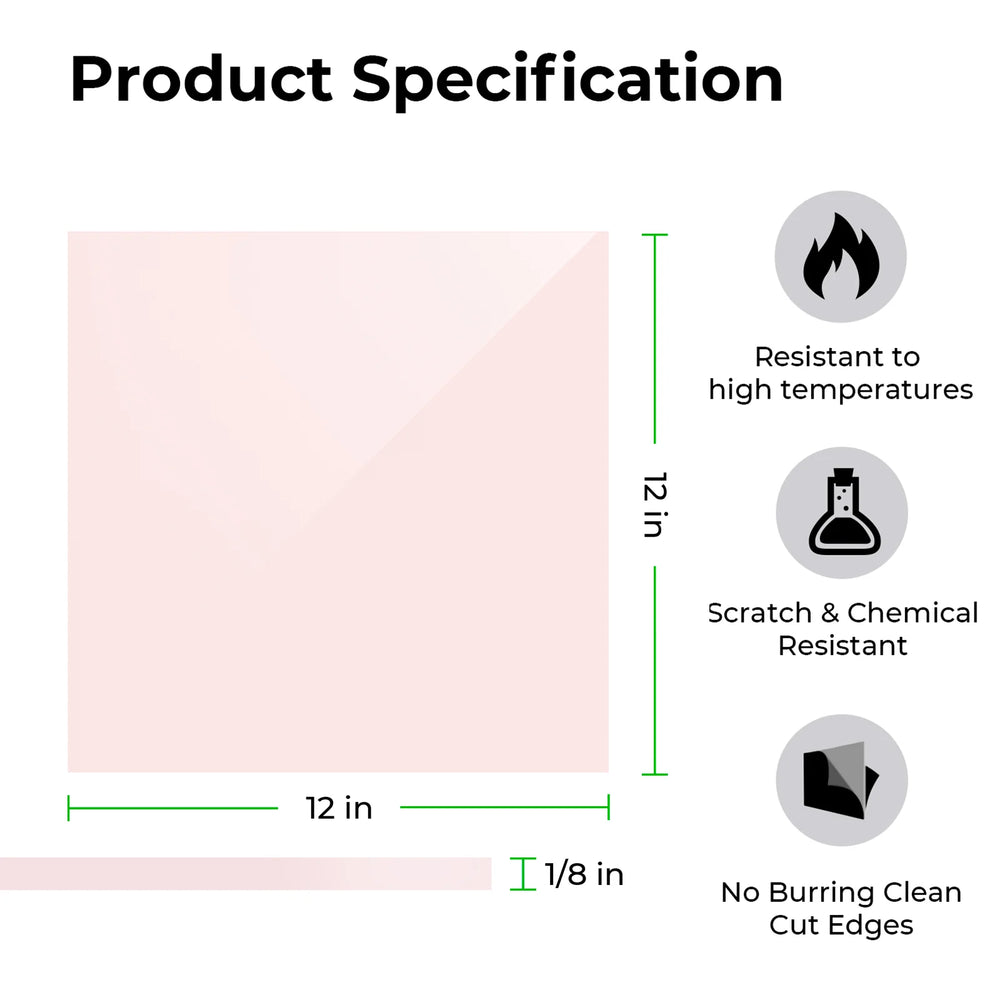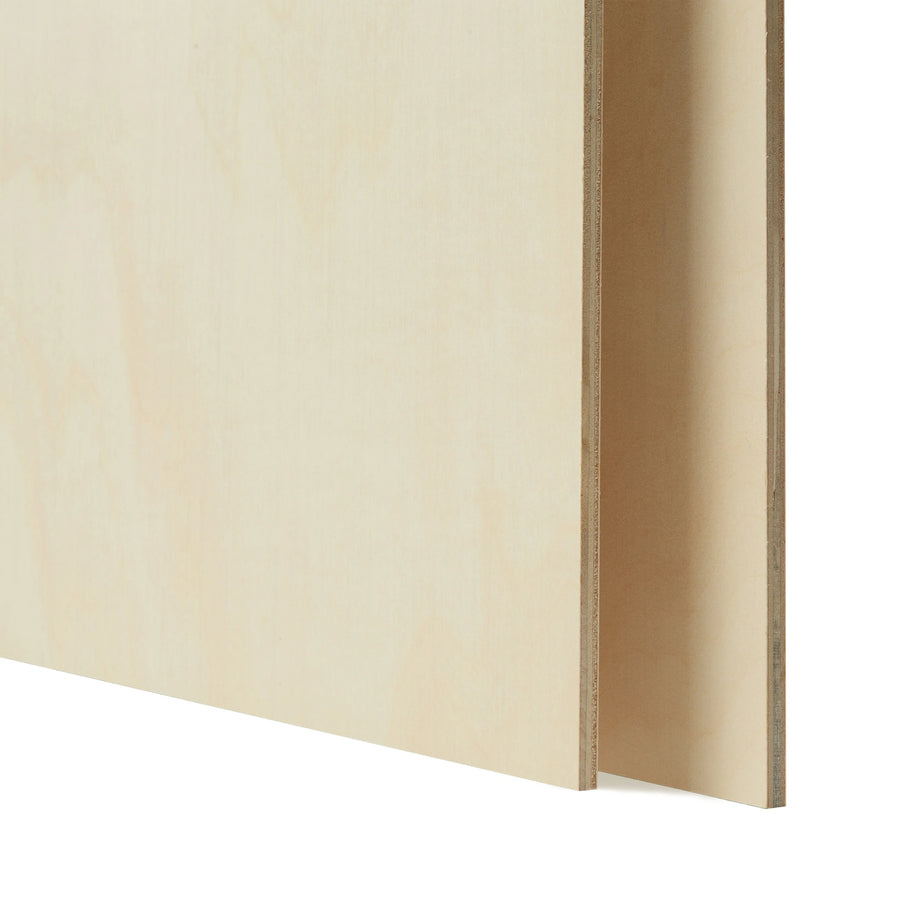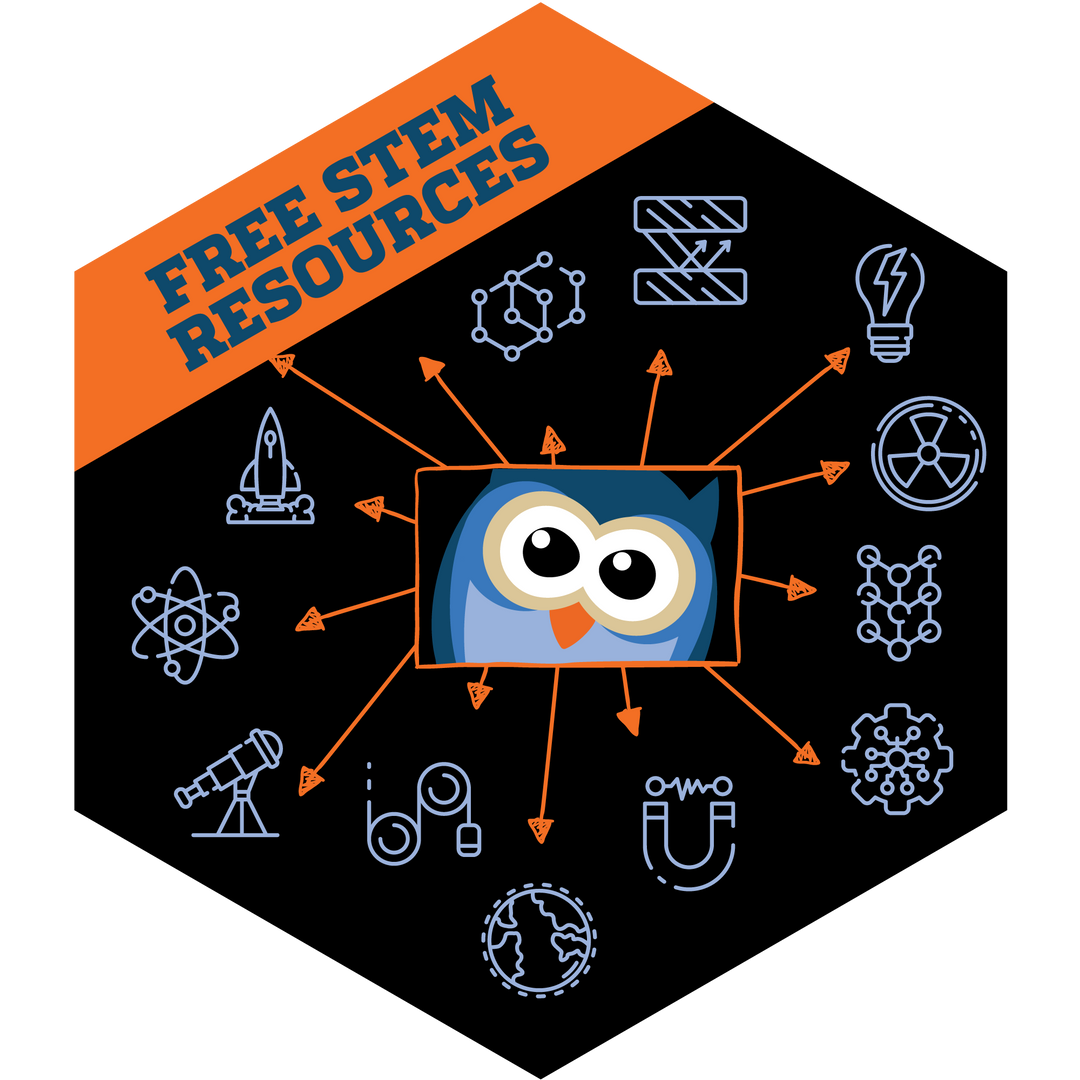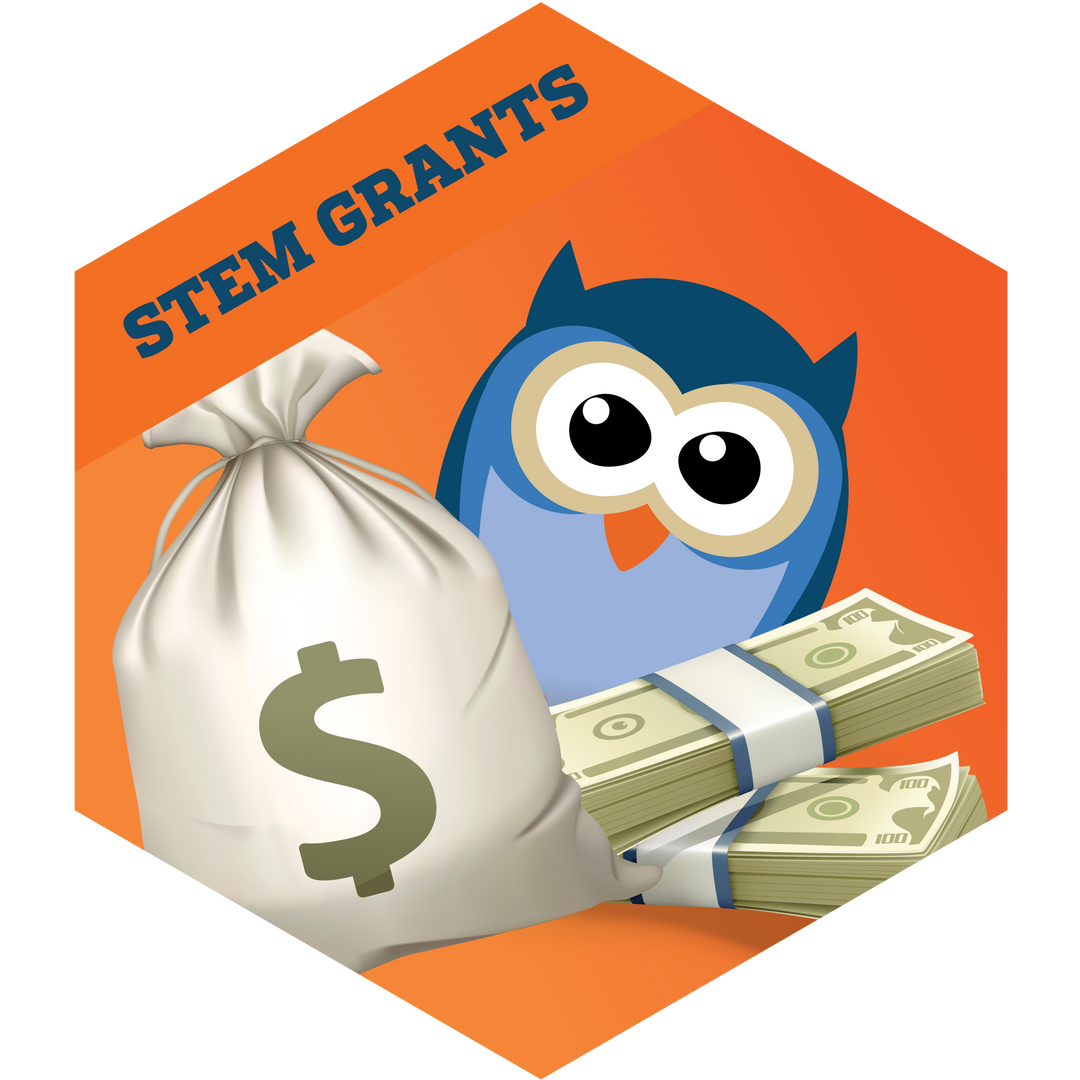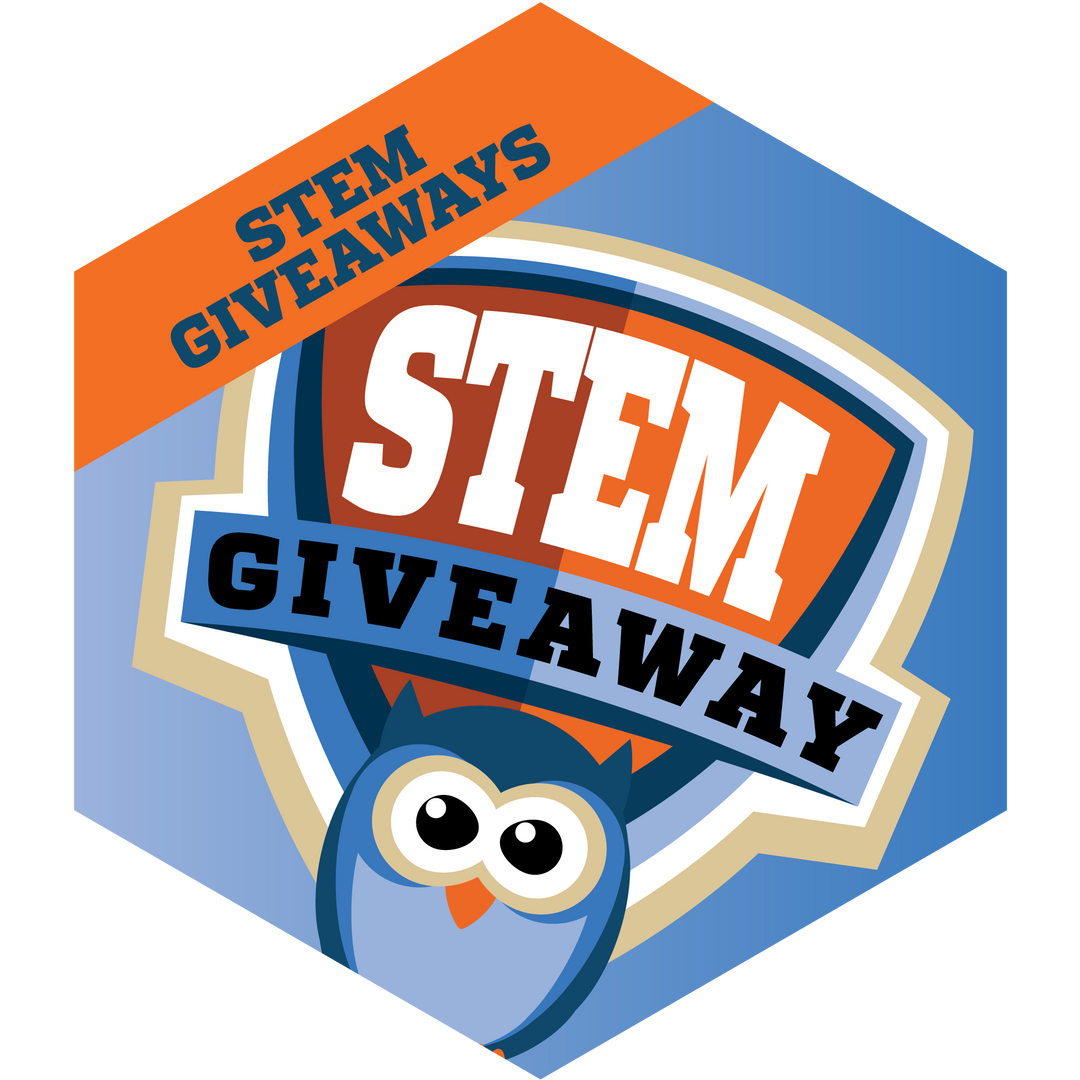Lab-Aids: Engineering & Design: Maglev Transport Systems (Developed by SEPUP)
- Grades: 6+
- Number of Students: 32
In this multi-day activity students are challenged to design a magnetically levitated cart. They follow the engineering design process by building a prototype and then using an iterative testing procedure to optimize the size of the cart and the number and placement of magnets on the cart in order to maximize the load the cart can transport.
Accommodates unlimited classes, each with 8 groups of 4 students
Product Includes:
32 large ceramic disk magnets
32 small ceramic disk magnets
32 metal strips, 4 g
16 metal pieces, 20 g
16 track piers
8 tracks with magnetic strips
8 short carts
8 medium carts
8 long carts
8 magnetic wands
Classroom Planning:
Number of Students: maximum of 32 per class
Number of Groups: maximum of 8 groups of 4 students per class
Number of Classes: unlimited (no consumable materials)
Scientific Concepts:
-
RELATED NGSS CITATIONS
Performance Expectation
MS-ETS1-1: Define the criteria and constraints of a design problem with sufficient precision to ensure a successful solution, taking into account relevant scientific principles and potential impacts on people and the natural environment that may limit possible solutions.
MS-PS3-2: Develop a model to describe that when the arrangement of objects interacting at a distance changes, different amounts of potential energy are stored in the system.
MS-ETS1-2: Evaluate competing design solutions using a systematic process to determine how well they meet the criteria and constraints of the problem.
MS-ETS1-3: Analyze data from tests to determine similarities and differences among several design solutions to identify the best characteristics of each that can be combined into a new solution to better meet the criteria for success.
MS-ETS1-4: Develop a model to generate data for iterative testing and modification of a proposed object, tool, or process such that an optimal design can be achieved.
Disciplinary Core Ideas
MS-PS3.A Definition of Energy: A system of objects may also contain stored (potential) energy, depending on their relative positions.
MS-PS2.B Types of Interactions: Gravitational forces are always attractive. There is a gravitational force between any two masses, but it is very small except when one or both of the objects have large mass (e.g., Earth and the sun).
MS-ETS1.A Defining and Delimiting Engineering Problems: The more precisely a design task’s criteria and constraints can be defined, the more likely it is that the designed solution will be successful. Specification of constraints includes consideration of scientific principles and other relevant knowledge that are likely to limit possible solutions.
MS-ETS1.B Developing Possible Solutions:
A solution needs to be tested, and then modified on the basis of the test results, in order to improve it.
There are systematic processes for evaluating solutions with respect to how well they meet the criteria and constraints of a problem.
Sometimes parts of different solutions can be combined to create a solution that is better than any of its predecessors.
Models of all kinds are important for testing solutions.
MS-ETS1.C Optimizing the Design Solution:
Although one design may not perform the best across all tests, identifying the characteristics of the design that performed the best in each test can provide useful information for the redesign process—that is, some of the characteristics may be incorporated into the new design.
The iterative process of testing the most promising solutions and modifying what is proposed on the basis of the test results leads to greater refinement and ultimately to an optimal solution.
Science and Engineering Practices
Developing and Using Models:
Develop a model to describe unobservable mechanisms.
Develop a model to generate data to test ideas about designed systems, including those representing inputs and outputs.
Analyzing and Interpreting Data: Analyze and interpret data to determine similarities and differences in findings.
Asking Questions and Defining Problems: Define a design problem that can be solved through the development of an object, tool, process or system and includes multiple criteria and constraints, including scientific knowledge that may limit possible solutions.
Engaging in Argument from Evidence: Evaluate competing design solutions based on jointly developed and agreed-upon design criteria.
Crosscutting Concepts
Systems and System Models: Models can be used to represent systems and their interactions—such as inputs, processes, and outputs—and energy and matter flows within systems.
Connections to Nature of Science: Influence of Science, Engineering, and Technology on Society and the Natural World:
All human activity draws on natural resources and has both short- and long-term consequences, positive as well as negative, for the health of people and the natural environment.
The uses of technologies and limitations on their use are driven by individual or societal needs, desires, and values; by the findings of scientific research; and by differences in such factors as climate, natural resources, and economic conditions.
Common Core State Standards—ELA/Literacy
SL8.5: Integrate multimedia and visual displays into presentations to clarify information, strengthen claims and evidence, and add interest.
RST.6-8.7: Integrate quantitative or technical information expressed in words in a text with a version of that information expressed visually (e.g., in a flowchart, diagram, model, graph, or table).


